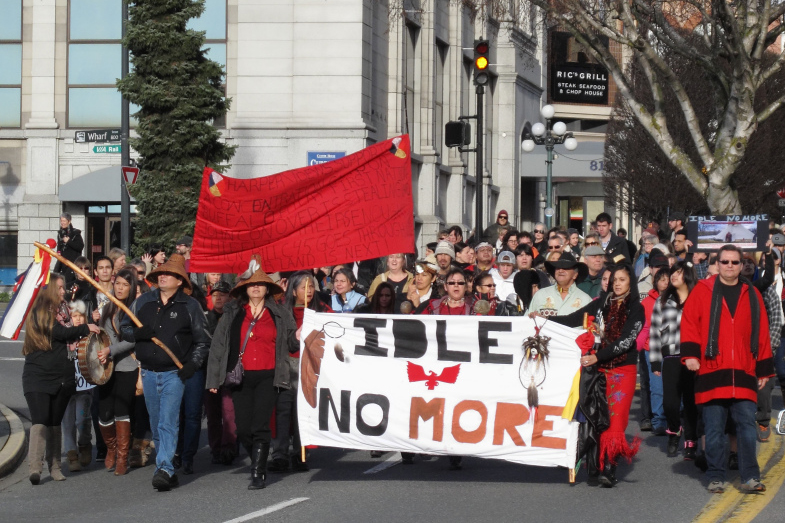Teachable Moments: Teaching History When Current Events Strike!
Posted by Katherine Joyce
18 February 2013 - 4:06pm
18 February 2013 - 4:06pm
 History can seem like a foreign country to many students, a country which they do not have any interest in visiting. As a teacher, making history relevant to students may be one of your most important, and often difficult, tasks. Opportunities constantly arise which allow you to connect the past to the present — you just have to be able to see them and be willing to modify your lesson plans to use them!
History can seem like a foreign country to many students, a country which they do not have any interest in visiting. As a teacher, making history relevant to students may be one of your most important, and often difficult, tasks. Opportunities constantly arise which allow you to connect the past to the present — you just have to be able to see them and be willing to modify your lesson plans to use them!
There are many great resources available to help you use current events to teach history. If you are teaching American History, the Bill of Rights Institute’s “Teaching with Current Events” will be of great use. Each school day, the staff curate a selection of articles relating to Bill of Rights issues. They also create and provide e-lessons based on current events; their most recent explores “Gun Rights in the 21st Century”. Each e-lesson has an introduction, a selection of current news articles, and a set of questions for students to respond.
If you are focusing on Canadian history, the CBC’s News in Review is an amazing resource to use in the classroom. It is a subscription series of educational programs that has been designed by teachers to incorporate current events in the classroom across disciplines, placing them in their historical context. If your school subscribes, you will have a series of monthly DVDs which include 15 minute video segments on current topics, as well as teacher guides. Resource guides for each lesson are available on the website. A great example which incorporates history is December 2012’s "Canada's Spy Story", which uses Royal Canadian Navy Sub-Lieutenant Jeffrey Paul Delisle’s confession on being a spy for Russia to look at the history of espionage in Canada.
Even if your school does not have a subscription to News in Review, there are great worksheets available on their website that you can use to create your own lessons connecting current events to the past. The worksheets are based on Peter Seixas’s work on Historical Thinking. There are worksheets available to help your students analyze cause and consequence, identify continuity and change, establish historical significance, and use primary source evidence.
Not all newsworthy events will be relevant in your classroom. Sometimes, although it may seem counterintuitive, the most widely discussed news items may not be the ones that will be most effective in your classroom. Giving the recent mass shooting at Sandy Hook Elementary School in Newtown, Connecticut as an example, Matthew Rozell cautions against “teachable moment impact fatigue”. Events that will be covered by many teachers in many classrooms may need to be let rest by you, the history teacher. But that does not mean ignore them — give them space, but return to these events later, at a time when the students can meaningfully reflect on them and on their place in history.
How do you use current events in your history classroom?
Photo: Idle No More protest in Victoria, BC (Dec 12, 2012). Creative commons, original source:http://www.flickr.com/photos/bcpaterson/8318806332/
- Se connecter ou créer un compte pour soumettre des commentaires

